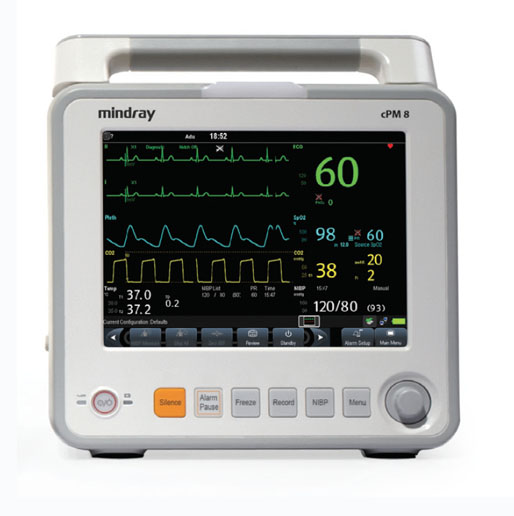News
PEARLS and the Ultrasound Physical: Making it Part of the Routine
Although the use of ultrasound in medicine is nothing new, there is still no consensus on what a routine physical that includes the use of ultrasound should look like. Ideally, POCUS (point of care) is a part of every visit and skill, but for those new to the use of ultrasound as part of a physical, the list of ways to implement ultrasound can be overwhelming.
One such way to make better use of ultrasound during the doctor’s visit is through the PEARLS approach. PEARLS is a mnemonic tool standing for Parasternal, Epigastric, Anterior Lung (and/or Apical), Right upper quadrant, Left upper quadrant, and Suprapubic examinations that can be used for both primary care and inpatient settings. The PEARLS approach works with both beginning and advanced POCUS users and is easily implemented by using the Mindray M6.
PEARLS is a guideline for where to position the ultrasound probe. These locations are some of the same ones implemented when testing Extended Focused Assessment with Sonography for Trauma, the Cardiopulmonary Limited Ultrasound Examination, or the Rapid Ultrasound for Shock and Hypotension protocols. Instead of trying to identify a specific issue during a doctor’s visit, the PEARLS method allows doctors to obtain a full assessment of an individual’s physical health, and to get this information more quickly than tests that do not use an ultrasound.
Of course, while the PEARLS approach to an exam implies a specific order, it should be noted that it does not have to be done that way. As in most cases, beginning with “where it hurts” is a valid approach. But by implementing the other steps, one is able to get a clearer picture of what factors are contributing to the actual problem – thus eliminating guess work. However, as one becomes more skilled in POCUS and PEARLS, the more effective and efficient they will be as a physician. In fact, the PEARLS examination is designed to be used as part of a routine examine, and once mastered can be done in 3 minutes or less.
If ultrasound is not a standard part of one’s approach, then it is important to keep a few things in mind as you begin to use it.
· Rather than asking a full regiment of questions before beginning the exam, begin with a few introductory questions and the start the ultrasound.
· Continue the questions during the ultrasound, and more specific ones can be asked based on what you are seeing.
· Take the time to make the ultrasound portion of the exam a time to connect with your patient. Do this by turning the ultrasound screen so that both you and the patient -or their family- can see it.
· Pay attention to the temperature of the gel or the amount of pressure put on the probe. Gel that is
· cold or too much pressure can make the experience quite uncomfortable for the patient!
· Be sure to provide them with a brief explanation of what is being seen on the screen, and share how it does or does not affect the decisions being made as a result of the examination.
Keep in mind that while ultrasound provides considerably more information that just a basic examination, the PEARLS approach is not designed to replace the components of a traditional examination. However, by using PEARLS you can get a better assessment and bedside manner.
**For more information on the PEARLS approach, visit Medscape.

